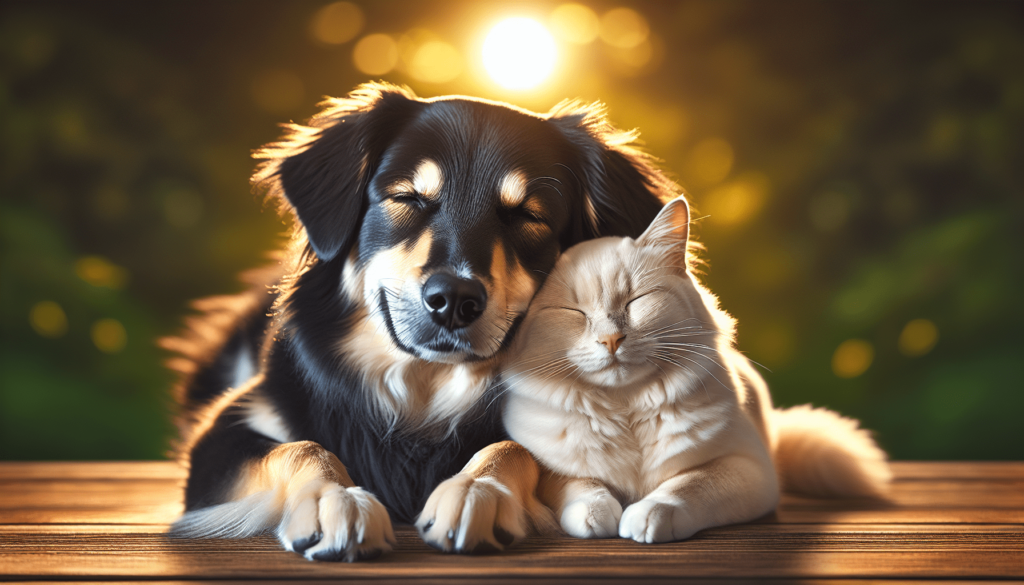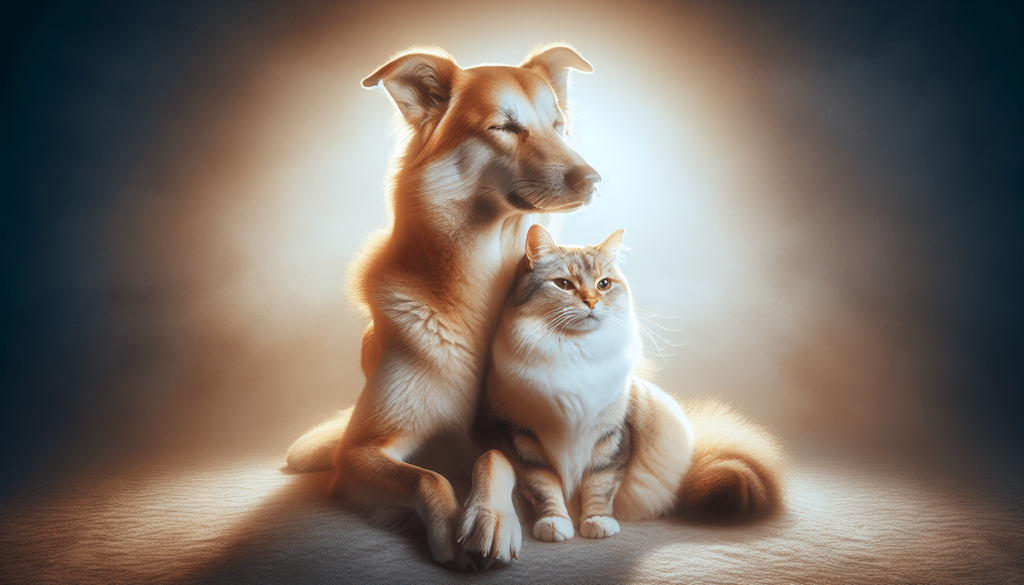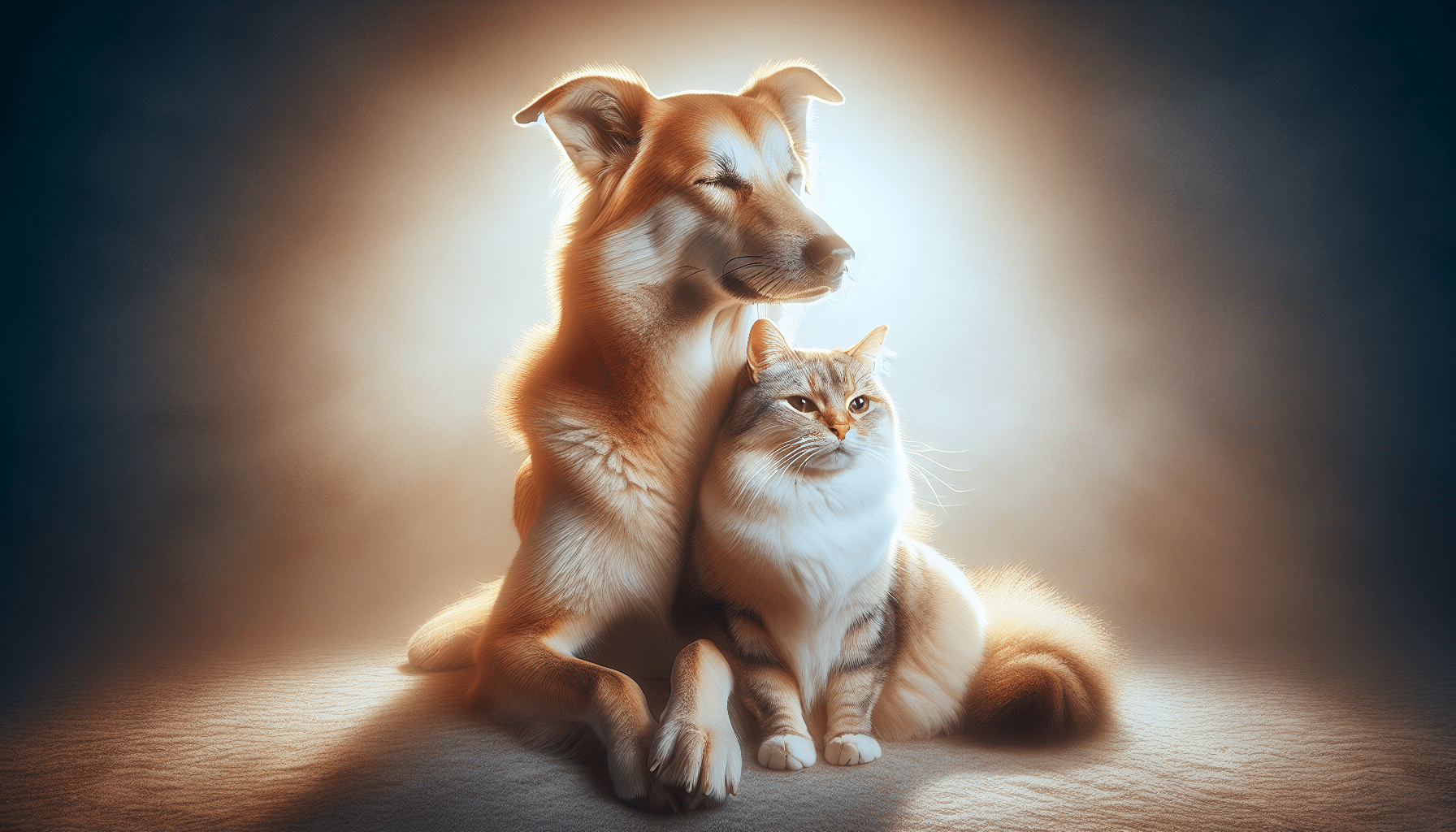Navigating Interspecies Relationships In Pets
Have you ever wondered how your pets interact with animals of different species? This article will provide you with valuable insights on navigating interspecies relationships in pets. From understanding body language to promoting harmonious interactions, we will explore various aspects of these unique connections.
Understanding Interspecies Relationships
Interspecies relationships in pets refer to the interactions between animals of different species that live together or come into contact with each other. These relationships can occur between pets in the same household, animals in a shelter, or even wildlife encounters in outdoor settings.
When you observe your pets interacting with other species, you may notice a range of behaviors and communication methods. Understanding these dynamics is crucial for ensuring the well-being of all animals involved.
Importance of Understanding Body Language
Body language plays a significant role in interspecies relationships, as animals use visual cues to communicate with each other. By learning to interpret these signals, you can better understand how your pets interact with animals of different species.
For example, a dog wagging its tail may signify excitement or friendliness, while a cat’s raised fur and arched back could indicate fear or aggression. Understanding these cues can help you intervene when necessary to prevent conflicts or ensure safe interactions.
Building Trust and Respect
Trust and respect are essential components of successful interspecies relationships in pets. By providing a secure and nurturing environment, you can help animals feel comfortable around each other and build positive associations.
Encouraging positive interactions through supervised play sessions and gentle introductions can help foster trust between pets of different species. This approach allows animals to establish boundaries and learn to coexist peacefully.
Promoting Harmonious Interactions
Creating a harmonious environment for pets of different species requires patience, consistency, and empathy. By promoting positive interactions and addressing potential challenges proactively, you can help animals cohabitate peacefully.
Establishing Safe Spaces
Providing separate safe spaces for pets of different species is essential for promoting harmonious interactions. Each animal should have a designated area where they can retreat and feel secure, away from potential stressors or conflicts.
For example, a cat may benefit from having a vertical space, such as a cat tree or shelves, where they can observe their surroundings from a safe distance. Similarly, a dog may appreciate a cozy bed or crate where they can relax without feeling overwhelmed.
Implementing Positive Reinforcement
Positive reinforcement is a powerful tool for promoting harmonious interactions between pets of different species. By rewarding desirable behaviors with treats, praise, or playtime, you can encourage animals to engage in friendly and respectful interactions.
For instance, if your dog remains calm and composed when interacting with your rabbit, you can offer treats as a reward for their good behavior. This positive association helps reinforce positive interactions and encourages pets to continue behaving respectfully towards each other.
Addressing Challenges and Conflict
Despite your best efforts, challenges and conflicts may arise in interspecies relationships. It is essential to address these issues promptly and proactively to prevent escalation and maintain a harmonious environment for all animals involved.
If you notice signs of aggression or tension between pets, consider consulting with a professional behavior specialist or veterinarian for guidance. They can help you identify the underlying causes of conflict and develop a tailored plan to address these issues effectively.

Case Studies on Interspecies Relationships
To provide you with real-life examples of interspecies relationships in pets, let’s explore some case studies that highlight the unique dynamics between animals of different species.
Case Study 1: Dog and Cat Coexistence
In a household with both dogs and cats, establishing a harmonious relationship between these different species is essential for a peaceful coexistence. By introducing careful introductions, positive reinforcement, and respect for each animal’s boundaries, pet owners can create a supportive environment where dogs and cats can live together happily.
For example, providing separate feeding areas, litter boxes, and resting spots for dogs and cats can help minimize potential conflicts over resources. Additionally, supervising interactions and intervening when necessary can prevent misunderstandings and promote respectful behavior between pets.
Case Study 2: Bird and Small Mammal Interaction
Birds and small mammals, such as rabbits or guinea pigs, can develop unique interspecies relationships that are both entertaining and heartwarming. By offering supervised playtime, enrichment activities, and safe environments for these animals to interact, pet owners can foster positive connections between these different species.
For instance, providing a secure enclosure where a bird and a small mammal can safely interact under supervision allows them to engage in playful interactions and develop mutual curiosity. This controlled environment ensures the safety and well-being of both animals while encouraging socialization and mental stimulation.
Conclusion
Navigating interspecies relationships in pets requires a blend of understanding, patience, and proactive management. By recognizing the importance of body language, building trust and respect, promoting harmonious interactions, and addressing challenges promptly, you can create a supportive environment where pets of different species can coexist peacefully.
Remember that every animal is unique, and their individual preferences and behaviors must be taken into account when building interspecies relationships. By prioritizing the well-being and comfort of all animals involved, you can cultivate positive connections and enrich the lives of your pets.


